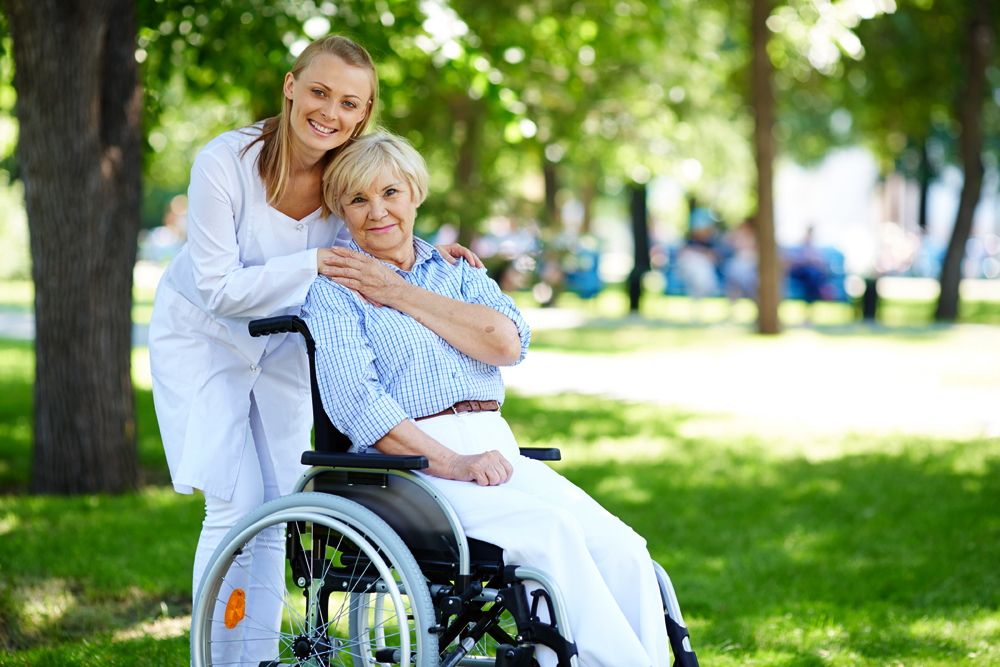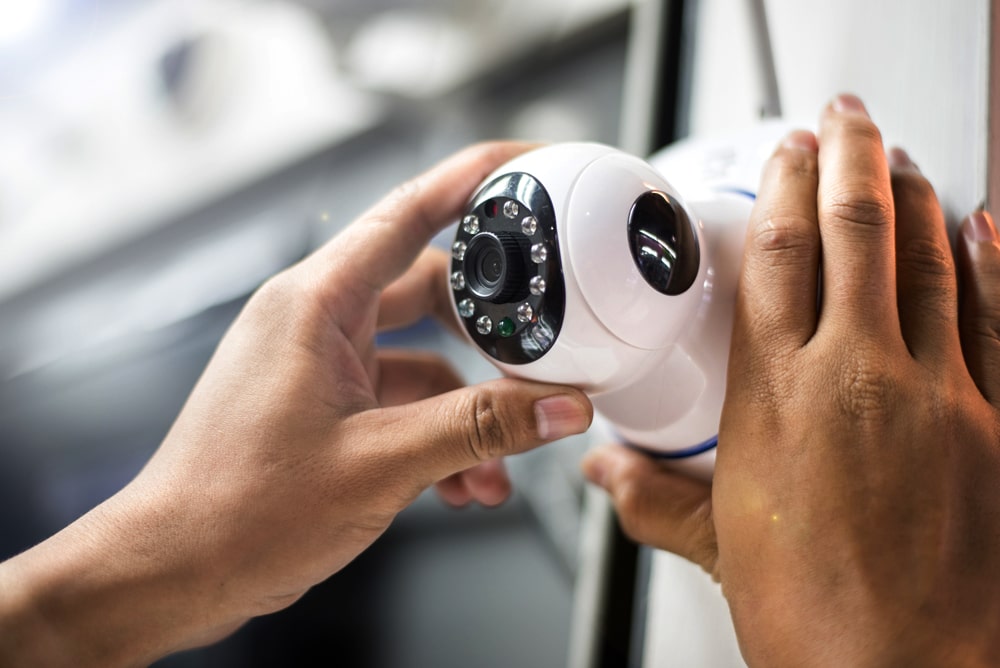Do Aged Care Facilities Need CCTV Monitoring?
 August 6, 2020 Blog 0 Comment
August 6, 2020 Blog 0 Comment According to South Australian health minister Stephen Wade, the state government has announced their plans on working with technology providers to determine the best strategy for monitoring patients in aged care facilities. The supposed technology in question is CCTV surveillance and if the government successfully finds a company to collaborate with, this technology will likely make its way into aged care homes.
The federal and SA governments said that the UK company ‘Care Protect’ was initially chosen to conduct a federally-funded trial worth $500,000 to figure out the best monitoring and support strategies in 5 different aged care homes around South Australia. But the partnership with Care Protect had gone down and the SA government was forced to scrap the trial and start searching for a new technology provider all over again. Both SA health minister Stephen Wade and Federal Minister for Senior Australians and Aged Care, Richard Colbeck have expressed their commitment to the project and will push through with the trial.
While the details of why the previous agreement fell through haven’t been disclosed, a spokesperson from the South Australian Health Department said that it was due to “operational and technical” issues to which the government and the company couldn’t come to terms with.
What does the trial mean for aged care residents?
The initial trial for CCTV monitoring in aged care facilities was slated to begin in 2019, but got delayed and is now in the works for this year. Several aged care homes have already been selected for the test run and these facilities are:
- Waikerie Health Services
- Bordertown Memorial Hospital
- Port Pirie Regional Health Service
- Mount Pleasant Aged Care
- Northgate House
Initial impressions look great on being able to monitor and watch over aged care residents who may need assistance. However, trials like this one reveal serious issues regarding the privacy of the residents. The government has stated that the trial CCTV pilot will evaluate the acceptability of audio-video monitoring among residents in a senior care facility and figure out whether CCTV monitoring can help with providing better care or is a violation of human rights and privacy.
The SA government said that protecting vulnerable residents remains one of their top priorities, however many people are already voicing out their concerns on the new trial. Meanwhile, CCTV monitoring has the potential to drive complete aged care for residents at any point in time. But does this mean that the residents will need to give up a bit of privacy in exchange for more comprehensive care? Only time will tell once the results have been released by the SA government.
One aspect that CCTV monitoring could prove vital is the recording of elderly abuse. In one incident in Adelaide, a hidden camera captured footage of a staff member attempting to suffocate an 89-year old man as per the report of abc.net. Elderly abuse in aged care facilities is real and covert filming by individuals has sadly exposed the malpractice and abuse in some aged care settings.
Are there other alternatives to monitoring aged care residents?
According to people behind the trial, the residents in the five facilities chosen for trial do have the right to opt-out of the test. This means they don’t have to be monitored by CCTV surveillance. However, it can be quite difficult to assess how residents who opt out of the test can stop appearing from the recordings of individuals who’ve chosen to opt-in to the study.
There are definitely mixed opinions about the proposed trial. Some people appreciate the government’s efforts in lobbying CCTV surveillance while others are somewhat against it. The real question is, what are some alternatives to better track the safety and security of aged care residents without compromising their privacy?
There is a relatively new technology developed by the Ethical, Legal, and Social Implications (ELSI) which is called the Smart Floor System. The Smart Floor System is an artificially intelligent-sensing device that can be placed underneath the floor of an aged care facility. The sensors in the device can detect patterns of movement in the bedrooms of residents and judge those movements to determine any potential health or safety issues.
The Smart Floor System alerts aged care providers through a notification system to check on residents during the night. The device is also capable of detecting slips, trips, and falls and will send instant notifications so that nurses and doctors can respond immediately. Just like a CCTV monitoring system, the Smart Floor System allows aged care providers to monitor their patients but in a way that’s less intrusive and less compromising to their privacy.
Sensor technology has come a long way and when paired with IoT (internet of things), can prove significant in eliminating the red flags brought about by CCTV monitoring. AI algorithms can identify movement patterns for each resident and spot any behavioural changes that may warrant concern.
At the end of the day, CCTV monitoring does have its own pros and cons. However, it should ultimately be up to the resident, who gives fully-informed consent when they transition into an aged care home whether it is used or not.

